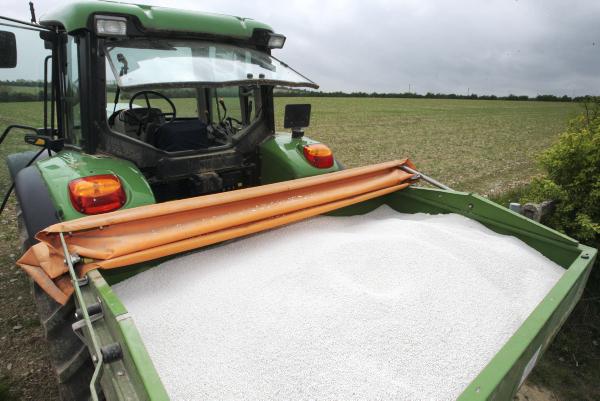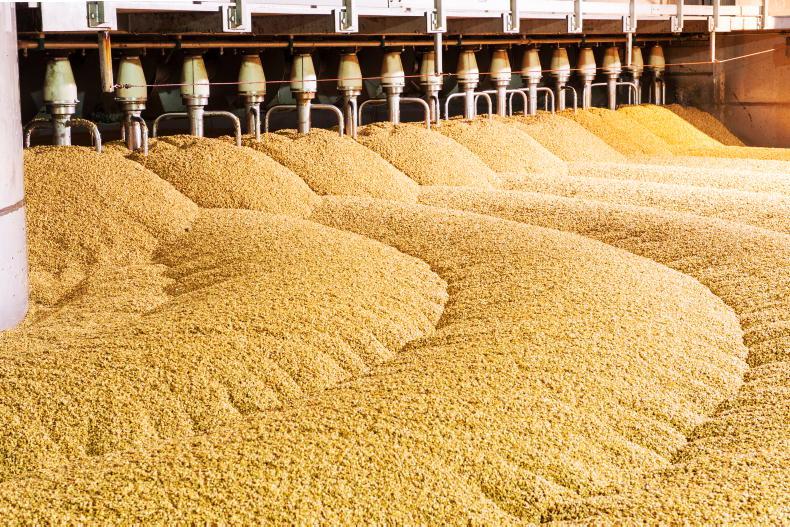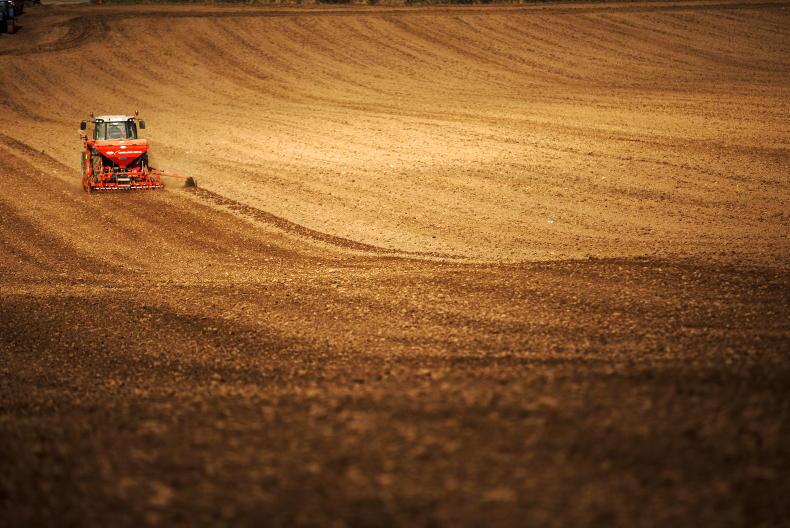Ground conditions: Another week of big rainfall amounts for much of the country continues to make field work difficult. But there have been a few ploughs out in recent days, as people are desperate to get some work done in the big backlog. Ground conditions may improve somewhat in the coming week, so avoid the risk of doing bad work.
Air temperatures are now running close to normal with soil temperatures about one degree above normal but quite variable across regions. So we have some growth but it has been virtually impossible for growers to get out with fertiliser to feed it. Most crops look OK, but many have begun to look the worse for wear as they attempt to grow.
Winter rape: Crops are very variable, ranging from small canopies to very bulky, and this can be the case within a single crop also. Rape is a priority for nitrogen, as it is creating yield potential in every period of growth, so hunger is a constraint on yield potential. Crops with big, full canopies may need little or no N, while others may need quite a lot shortly. Canopy generation is the key to yield potential, but excessive canopy places an upper limit on yield potential.
At the moment, crops may vary from having 0.5 green area index (GAI) to 2.5 GAI. The crop will need to take up 50kgN/ha to generate one GAI and if 3.5 is the target, the amount on N needed depends on its current condition. An early-sown crop with 2.5 GAI only needs to take up 50kg to make an optimum canopy, but because use rate is only about 60% you need to apply about 80kgN/ha to get the required uptake. A crop with 1.5 GAI will need 150-160kgN/ha shortly. Sulphur is important for rape, so your nitrogen regime should supply at least 25-30kgS/ha. Sulphur may be less critical where organic manures have been applied over a number of years. Boron remains important.
Winter barley: Crops are going off-colour and getting patchy as they attempt to grow. Crops will inevitably thin out, especially those that were quite bulky. Try and get a little nitrogen out on crops to help prevent the abortion of older leaves and weaker tillers.
For the moment it may be too risky to apply up to 60 kgN/ha on winter barley, as the risk of loss is real, even if you can get it applied. So if you can slip across the barley and rape with even a little nitrogen, it would minimise the risk of foliage loss while still keeping the crop going to build yield potential.
Winter barley needs sulphur which should be applied in or before the main split – about 15-20kgS/ha.
Planting: It may seem a long time away but things can turn quickly, so you need to be prepared. Big seed size increases seed rate requirement, so you need to plan for this. You have some flexibility in wheat and oats but malting barley needs to be kept close to the desired seed count.










SHARING OPTIONS